

5 Environmental Threats that Can Affect Your Solar Plant Efficiency!
Solar panels are mounted on the rooftop or in an open area. As a result, these systems are exposed to environmental elements like rain, snow, bird droppings, extreme heat, etc.
In this post, let’s discuss some of the natural threats that affect the lifespan of solar panels and how you can avoid them.
- Bird droppings/Animal walking
- Snowfall
- Weather conditions
- Fire or Extreme Heat
- Lightning
1. Bird dropping/Animal walking:
Soiling of solar panels due to bird droppings is a common issue faced by consumers. While the droppings won’t damage the modules, they will bring down system efficiency by blocking irradiation to a specific region of the solar panel.
Another common issue that consumers find in the Indian setting is monkeys. These animals, while otherwise harmless, will often swing from cables, which can damage the solar plant.
Solution
Both these problems have relatively easy solutions. A once-a-week cleaning session will help to clear our droppings and debris and increase your panel efficiency significantly.
If monkeys are a problem in your region, you can consult a professional about taping or securing the wiring close to the module backsheet.
2. Snowfall

When there is constant snowfall, customers often wonder how panels will generate electricity.
The accumulation of snow on solar panels will reduce the power output of your system. However, since the panels get mounted at an angle, the snow easily slides off the surface.
But, if melted water accumulates at the corners of the panels, it could create a problem by creating a build-up of dust and debris, which reduces efficiency and results in hotspot effect.
Solution
A consumer can opt for the simple maintenance device, Aqua Pi, which drains the accumulated water and raises generation by up to 10%.
In areas where snowfall is common, a snow guard can be installed with the solar panel to protect the solar panel and roof. Solar snow guards are typically put on the borders, and they aid in the gradual removal of snow from the solar panels on the roof, or they hold the snow on the roof until it melts.
3. Extreme Weather Conditions
Consumers are especially concerned about climatic conditions such as hailstorms, severe showers, and hurricanes.
But solar panels now have a mechanical load capacity of up to 5400 Pa, allowing them to withstand heavy rains or hailstorms.
Cloudy weather and heavy rain, for example, can reduce the output of solar panels. When the sun comes out, though, the panel’s power output is restored.
Solution
Choose high-quality solar panels from reputed brands. Such equipment is designed to withstand the elements and is tested vigorously against all weather conditions.
4. Fire or Extreme Heat
Yes, there have been instances of solar panels catching fire but, they are extremely rare. Fire occurs due to overvoltage, power surges, faulty equipment, or improper installation.
Overheating, though, is a common issue with panels. In extremely sunny weather, there is a high probability of solar panels overheating. Also, the lack of airflow gap between the panels and the roof can lead to overheating and loss of efficiency.
Solution
Most solar panel fires can be prevented by investing in high-quality solar equipment and experienced installation professionals. They will also ensure that enough gap is provided underneath the panels.
A consumer can also opt for a solar InRoof system that integrates solar panels into the roofing itself and eliminates the need for sheet roofing. By providing ample space for air circulation, the InRoof solution raises generation by 10%
5. Lightning
One of the most common questions consumers have is whether lightning can damage solar panels. The answer is yes, it can. But there are ways to prevent it.
During installation, developers have to provide adequate grounding. This is a technique where your solar array is connected to the ground through wiring
In case of any electrical surge, or any abrupt changes in voltage, current, or power that can have an impact on a solar system (for example during lightning), the grounding wire gives the current a route to the neutral ground, bypassing the PV equipment along the way.
Solution
If storms are extremely common in an area, consumers can also install lightning arrestors or lightning rods. While the former will absorb voltage surges, the latter device will prevent lightning strikes and provide a path to electrical charge if it occurs.
How Can We Help?
Hope this information about “Protect Your Solar Plant with Natural Threats” helps you.
Ornate Solar is one of the leading solar companies in India with over 8 years of experience in the industry. We have partnered with the best-in-class global solar brands to provide you with a trustable, affordable, and reliable range of solar panels, inverters, and solar accessories.
We have also developed India’s first Integrated In-Roof system. Ornate InRoof is a roof made out of solar panels, which is leak-proof and looks aesthetically pleasing.
If you are exploring solar solutions, reach out to us at 011 43536666 to discuss your options.
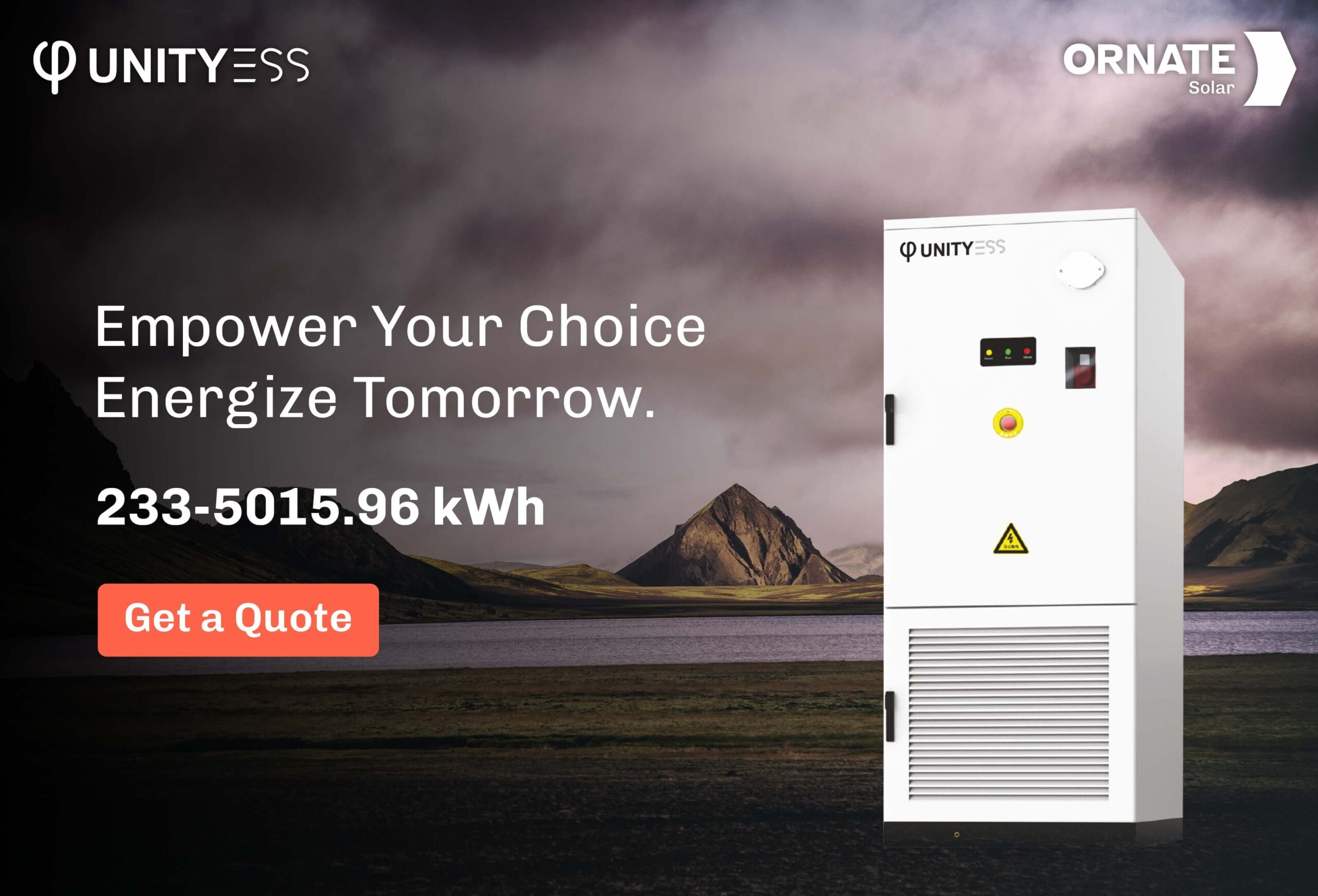


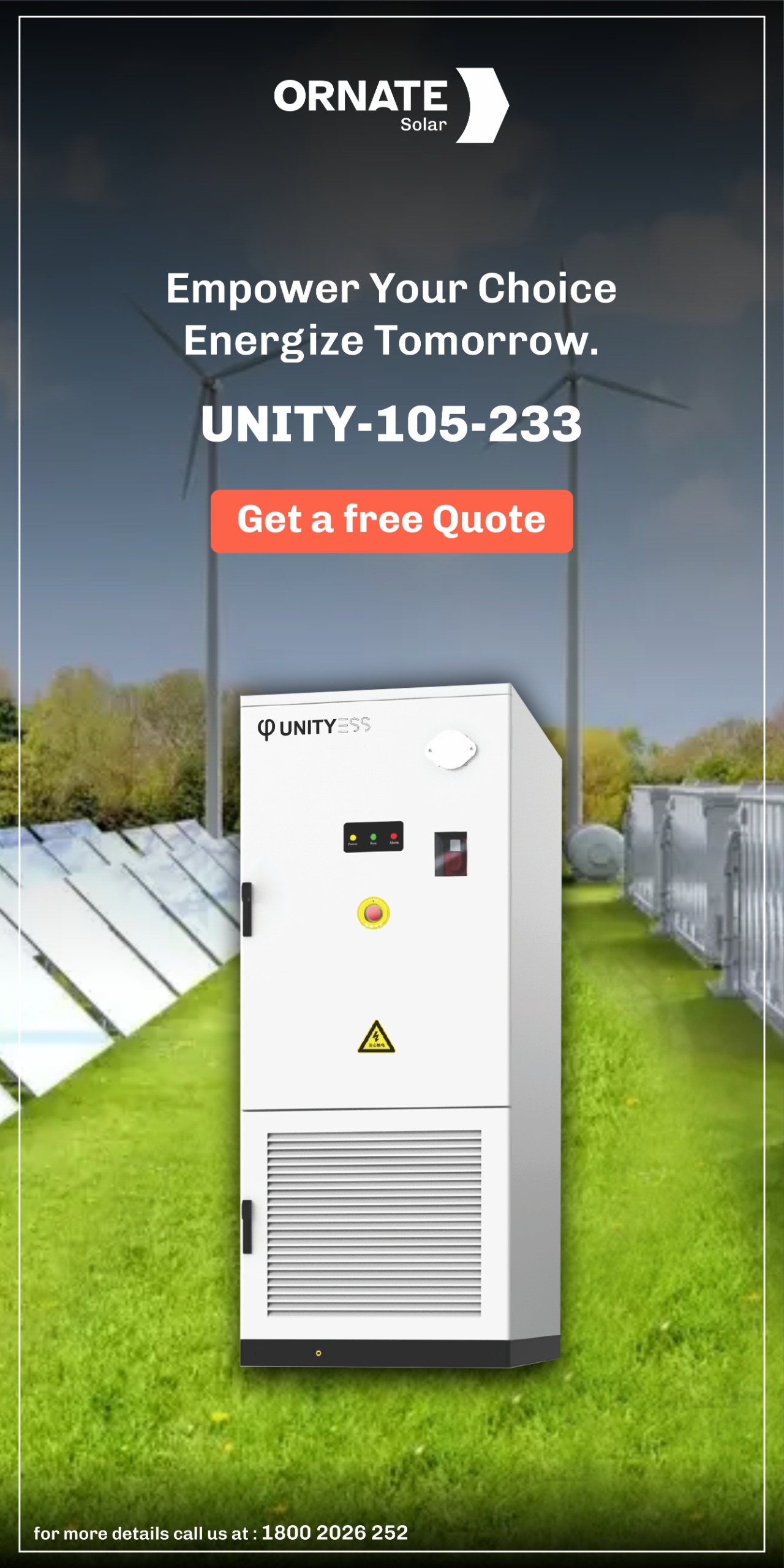





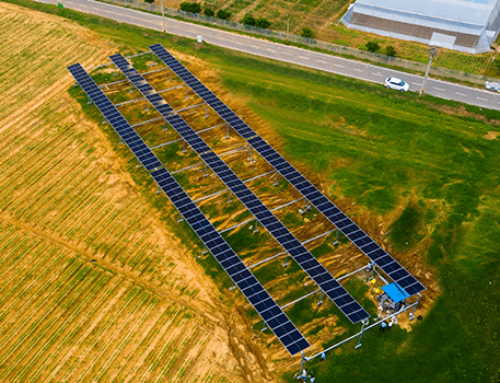
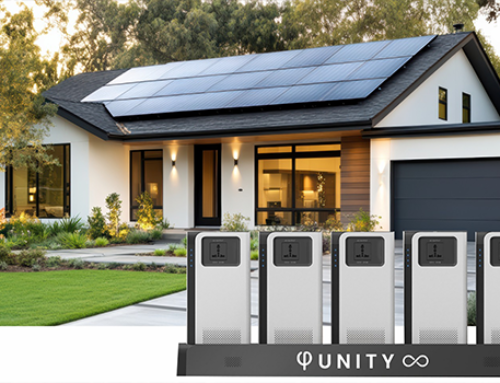

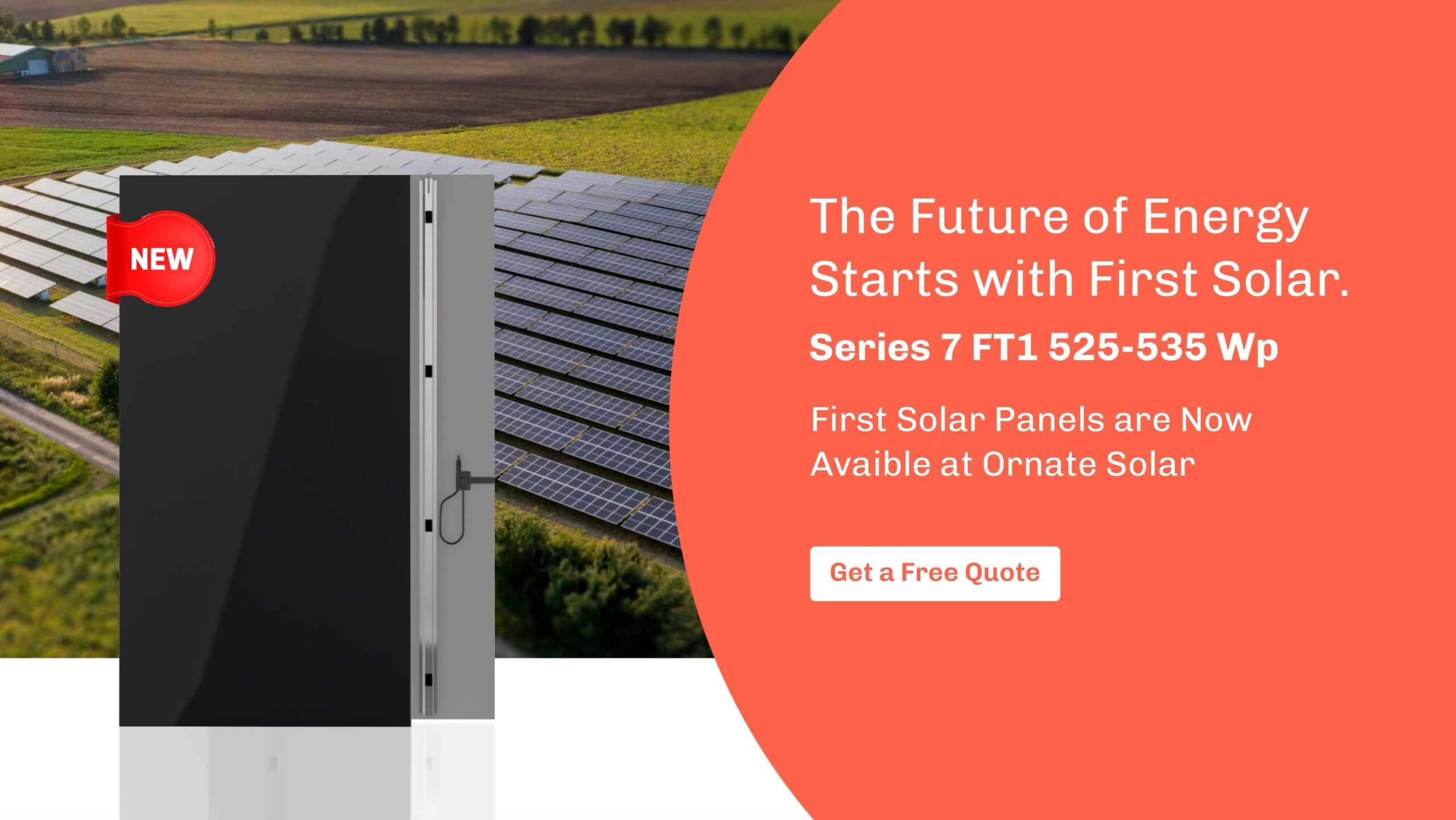
Leave A Comment